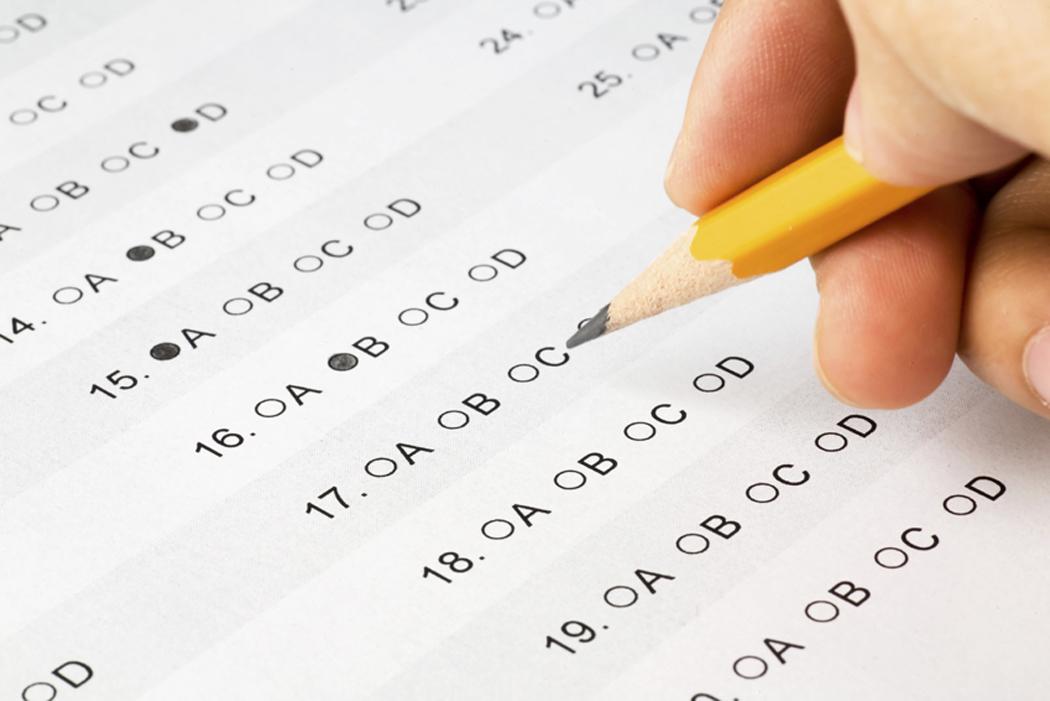In her role, Lisa Jain is the Country Representative of the College Board in India and she work extensively with schools across India and she works extensively with schools across India to help with the implementation of College Board programs. Here she gives us an insight into the importance of redesigning that Preliminary Scholastic Aptitude Test (PSAT)
The PSAT/NMSQT, or Preliminary SAT / National Merit Scholarship Qualifying test is an important step in helping students prepare for university. Administered by the College Board, the makers of the SAT, the PSAT is similar in format to the SAT (the SAT is a university admissions test taken by students as part of applications to universities in the US and across the globe). Research indicates that students who take the PSAT score significantly higher in their SAT. For most students, the PSAT is the first real exposure to a standardized multiple-choice assessment.
Benefits of Taking the PSAT/NMSQT
– Since it is created by the makers of SAT, it provides the best and most relevant practice for SAT. – The detailed Score Report that students receive after taking the PSAT provides a comprehensive performance review, helping students identify their strength/weakness areas and enabling them to adopt smarter and more effective strategies while preparing for SAT/other similar exams. – It provides free access to online college planning resources and useful tools through My College QuickStart, a comprehensive and useful portal run by the College Board.
– It’s a no-stress exam as PSAT scores are not shared with universities. o It is roughly one-fourth the price of the SAT, so it’s very cost effective
– The 2015 PSAT has been redesigned to mirror the Redesigned SAT of 2016 and is hence the best way to familiarize oneself with the new SAT
Key Features of the Redesigned PSAT/NMSQT
– Multiple choice assessment across two sections (i) Math and (ii) Evidence Based Reading and Writing (split into the Reading Test and Writing & Language Test).
– The exam is 2 hours 45 minutes in length.
– Scores will be reported on the same vertical scale as is used for the SAT; the scale range for the PSAT/NMSQT score is 320–1520 (the redesigned SAT will be scored on a scale from 400-1600).
– Unlike ever before, Sub Scores will be provided for every test, providing added insight for students, parents, educators, and counsellors.
When Should Students Take the PSAT/NMSQT?
Students in India usually take the PSAT/NMSQT in Grades 9 and 10, and sometimes even in Grade 11. Taking the PSAT early allows students to familiarize themselves with standardized tests, especially the SAT, so they feel more confident when they take the SAT in Grade 11/12. It is fine for students to take the PSAT in consecutive years, since this offers them additional practice and helps them track improvement.
US Citizens should be encouraged to take the PSAT/NMSQT in Grade 11 even if they have taken the test before, as their 11th Grade PSAT score makes them eligible for the NMSQT scholarship.
Please note: Some schools might offer the PSAT 8/9, which is a precursor to the PSAT/NMSQT, in which case Grade 9 students could be taking the PSAT 8/9 instead of the PSAT/NMSQT.
Cost of the Redesigned PSAT/NMSQT
The College Board charges schools/centres $19 per student for the PSAT/NMSQT. Schools/centres may add an additional administrative fee on top to cover costs they incur.
Preparing for the PSAT/NMSQT
Coaching is NOT required or recommended for the PSAT. There are plenty of free resources available, which can help students familiarize themselves with the PSAT. Students can find a complete practice PSAT test on the College Board website at:
https://collegereadiness.collegeboard.org/sat-suite-assessments/practice/practice-tests
Students, who wish to prepare more, can also use free SAT prep resources (due to the SAT’s close alignment with the PSAT/NMSQT) on Khan Academy’s website (www.khanacademy.org/sat). The College Board has partnered with Khan Academy to provide world class SAT preparation materials to everyone for free.
Additionally, some schools may also provide students with a free practice PSAT/NMSQT test a few weeks before the actual test. Even for students who do not plan to take the SAT, the PSAT/NMSQT can offer very meaningful insights into their skills and abilities, and help them prepare for other similar standardized/competitive exams for India and abroad.
Exam Dates and Result Timeline
Schools/centres can administer the PSAT/NMSQT on either October 14 (Wed) or October 28 (Wed), 2015. Each school will choose any ONE out of the 2 testing dates and inform students and parents. Results will be available by the second week of December.
Registration
Students should contact their school’s College Guidance Counsellor or PSAT Coordinator for more information about registration. If a student’s school does not administer the PSAT, students can also contact the USIEF (www.usief.org.in) and take the PSAT at one of their centres across India.
“Even for students who don’t plan to take the SAT, the PSAT can offer very meaningful insights into their skills and abilities” – Lisa Jain
Volume 4 Issue 12


































